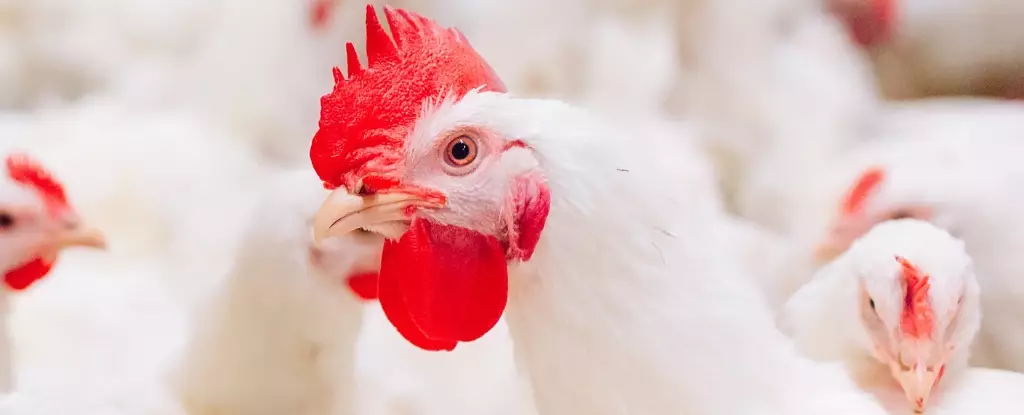In a significant public health notification, health authorities in British Columbia announced that a teenager has become the first confirmed case of bird flu, particularly the H5 strain, in Canada. The provincial health department confirmed that the individual is currently under medical care at a children’s hospital. This development has raised alarms, prompting a thorough investigation aimed at identifying the source of the infection and any potential contacts.
Bird flu, or avian influenza, predominantly circulates among wild birds and domestic poultry. However, the virus has recently shown a troubling capacity to infect mammals, as evidenced by an outbreak in cattle reported across the United States earlier this year. The teenager’s infection underscores the nuances of zoonotic diseases, which can occasionally jump from animals to humans under certain conditions. According to British Columbia’s Health Officer, Bonnie Henry, the event remains rare but highlights the need for vigilance in monitoring interactions between humans, birds, and other mammals.
As authorities delve into this case, they are paying close attention to the possible origins of the infection. While confirming that the young patient probably contracted the virus from a bird or some other animal, health officials are also tracing any contacts who may have interacted with the infected individual. The meticulous nature of this investigation is essential for understanding how such viruses spread and for preventing further cases.
Meanwhile, global concerns are palpable regarding the potential evolution of the bird flu strain. The recent emergence of avian influenza in mammals is worrisome to scientists, given their apprehension that these infections might facilitate a mutation of the virus. This mutation could enhance the ability of the virus to spread among humans, amplifying the chances for a possible pandemic. This anxiety is further fueled by a report from Missouri, where the first human case of bird flu arose without any apparent contact with infected animals, marking a worrisome shift in transmission patterns.
The Importance of Monitoring and Research
The ongoing vigilance is paramount not only in Canada but around the world. Despite past incidents where human infections occurred without identified animal sources, health experts remind us that verified human-to-human transmission has yet to be documented. If this begins to occur, however, it would vastly heighten the threat level and necessitate a coordinated response. Global health systems need to stay on alert, enhance research efforts related to avian flu, and implement timely public health interventions.
While the report of Canada’s first bird flu case in a teenager signifies a relatively isolated incident, it serves as a critical wake-up call to the healthcare community to stay prepared and proactive in combating zoonotic diseases. As investigations continue, the world holds its breath, hoping for containment and a deeper understanding of these strains.


Leave a Reply